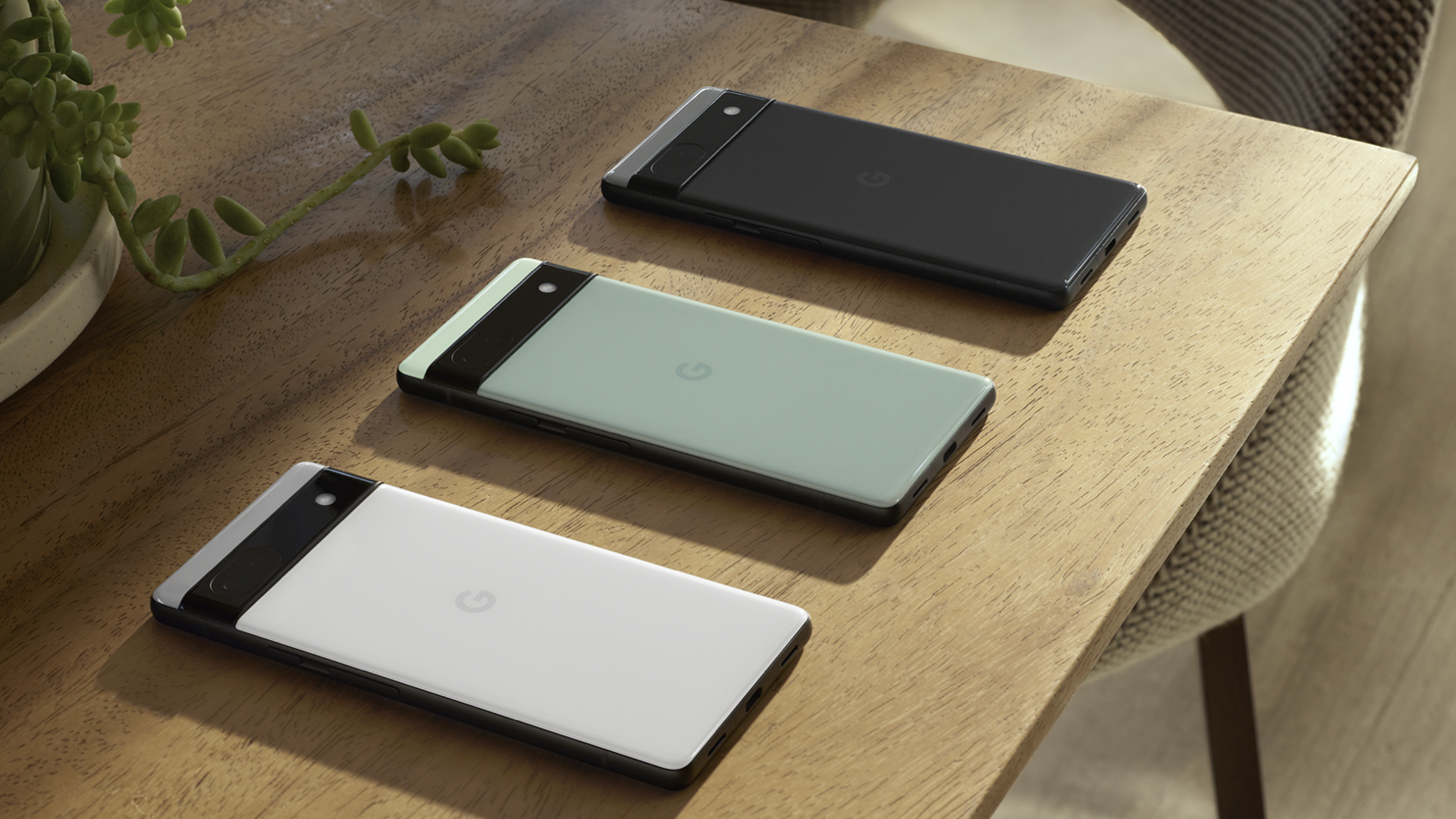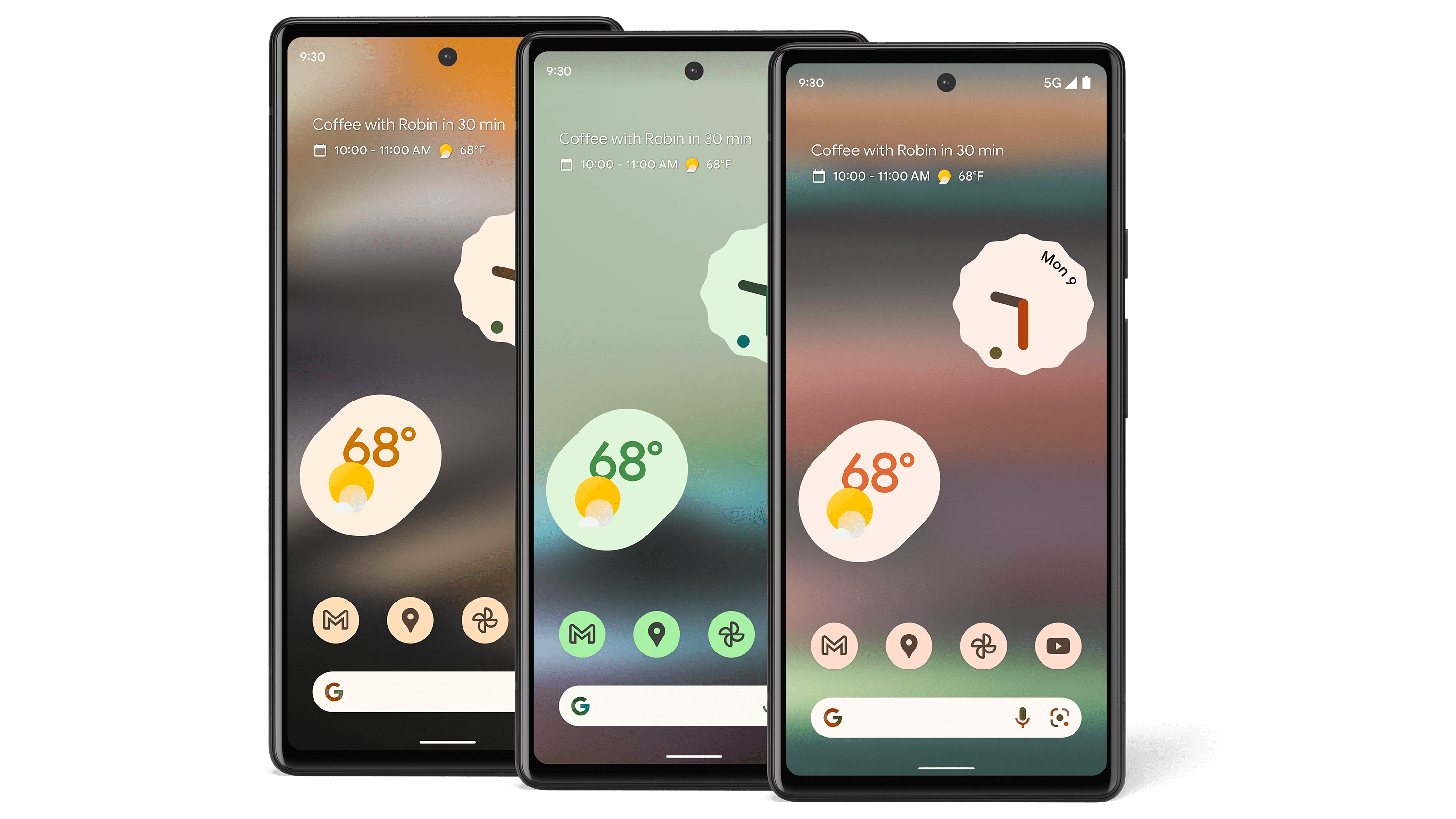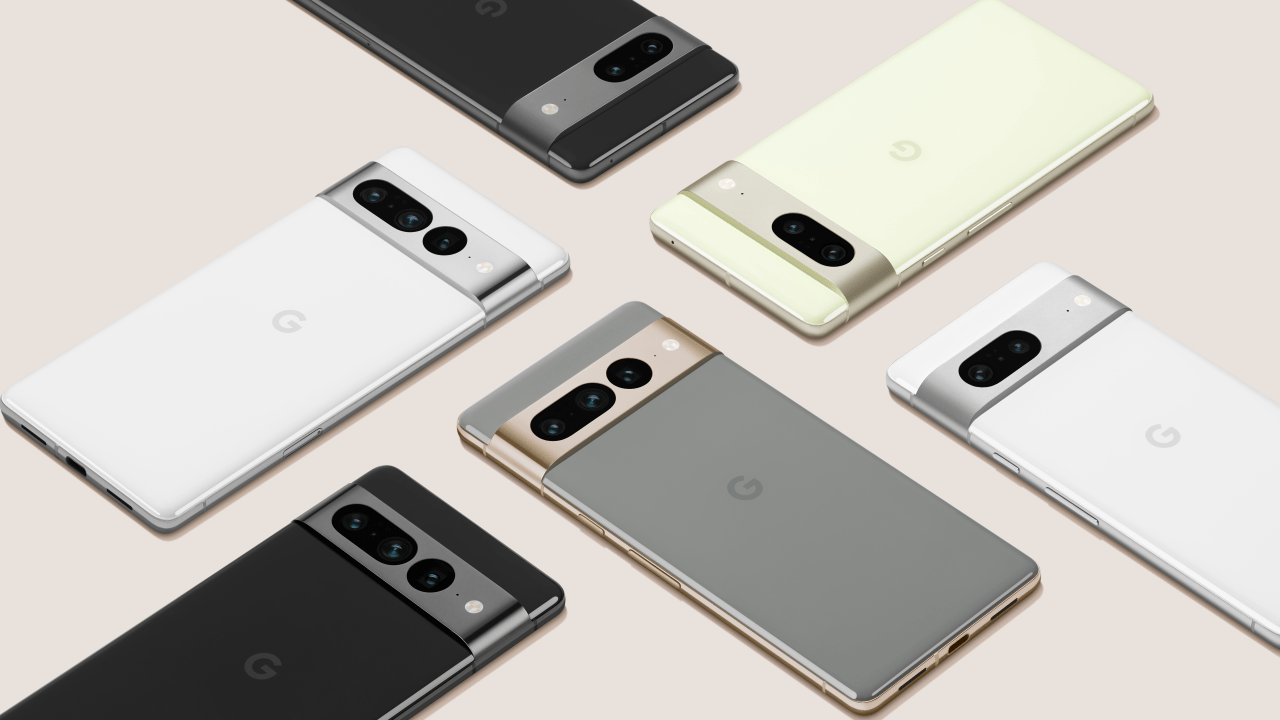On the Google I/O 2022 keynote stage, Google officially confirmed what we’ve been suspecting: new Pixel smartphones are on the horizon, and they are imminent. The mid-tier Google Pixel 6a will be the first one to hit shelves, coming this summer. Later this year, you can also expect the Pixel 7 and Pixel 7 Pro. However, Google hasn’t offered much information about the latter beyond the fact that it’s coming later this year, so details on the Pixel 6a will have to do until then.
It’s interesting to see Google just mass announce its major hardware releases for the entire year in one conference, regardless of how far out they are. In addition to the two smartphone releases, Google teased the Pixel Buds Pro, Pixel Watch, and Pixel Tablet during its Google I/O keynote, though that last one won’t make its debut until at least 2023. Google clearly wants you to see its Pixel hardware as more than just a fledgling idea in a company that built its legacy on indexing the internet. The Pixel is part of Google’s ambient computing vision, and it wants its smartphone to be at the centre of everything Google in your home.
The Pixel 6a: Coming for the iPhone SE

The first of Google I/O’s smartphone announcements is the Pixel 6a, officially launching on July 28 for $US450 ($625). The phone shares a design language with its flagship predecessor, the Pixel 6 and 6 Pro, right down to the polarising camera bar on the back, which houses all the rear-facing camera components.
The Pixel 6a takes a different approach to computing compared to previous generations. Rather than defaulting to mid-tie processor from a third-party chipmaker like Qualcomm, Google has opted for its in-house Tensor CPU, the Titan M2. This way, the Pixel 6a has similar abilities to the premium Pixel 6, including a 5G modem and security architecture, not to mention all those camera smarts that have helped make the A-series a successful smartphone model. Google also claims the processor is five times faster than the Qualcomm Snapdragon 765G in the Pixel 5a. It’s similar to Apple’s strategy with its iPhone SE, which recently received a bump to the A15 Bionic chip, the same processor inside the flagship iPhone 13.
There are other specs to note along with this processor change. There is a 4400mAh battery, which is a little smaller than the one in Samsung’s Galaxy A53 5G, which the Pixel 6a will likely compete against. Google says the battery can last up to 72 hours with the built-in Extreme Battery Saver mode.
There is also 6GB of memory in the Pixel 6a, which keeps it squarely a mid-tier phone. It’ll have 128GB of storage and support WiFi 6e, Bluetooth LE, eSIM, and contactless payments. For Verizon users, Google lists both 5G and mmWave support in its Titan M2 chip.
There is one major bummer to consider if you’re one of the last audio purists holding out for the return of the headphone jack. Unlike the Pixel 5a, the Pixel 6a does not have that 3.5mm insert for your tethered earbuds. I know they’re all the rage on TikTok right now, but you’ll have to plug in through the USB-C port on the bottom with an adaptor in tow like the rest of us!

The Pixel 6a’s camera specs
The cameras on Google’s Pixel smartphones are often lauded as some of the best, largely because the company tunes the algorithm to do more with less. That’s especially true in the Pixel A series. While you won’t get the full capabilities of a flagship Pixel device, the A series has a track record of handling low-light shooting situations a bit better than the similarly-priced competition.
Google revealed the Pixel 6a’s camera system while previewing the phone. It’s a dual rear-camera system, which means the phone will have fewer lenses than what Samsung offers on its Galaxy A53 5G. The Pixel 6a will have a primary 12-MP Sony IMX363 camera with optical image stabilisation (OIS) and a secondary 12-MP Ultra Sony IMX386 ultra-wide camera. The front-facing camera is also a wide-angle sensor: an 8-MP Sony IMX355 with an 84-degree field-of-view and fixed focus capabilities. Google says the Pixel 6a will come tuned with face deblur, magic eraser, and Real Tone shooting capabilities like on the Pixel 6.
If you like what you’re reading, you can pre-order the Pixel 6a beginning July 21. The smartphone will be on sale on July 28. It’ll cost $749 outright, which is about on par with the prices of Samsung and Apple’s respective mid-tier phones.
Later this year: The Pixel 7 and 7 Pro

Google has also used its developer conference as an opportunity to reveal its next flagship. Despite severe supply issues, the Pixel 6 outsold both the Pixel 4 and Pixel 5’s collective sales numbers. In fact, in a closed session with journalists, Rick Osterloh, SVP of hardware, said the company would have likely sold more Pixel 6 units if it wasn’t for the shortages.
Anyway, Google appears to be gunning for the gold again with the Pixel 7 and 7 Pro. That’s why it’s starting the hype machine early on. But it’s merely showcasing the respective look and feel of the Pixel 7 and 7 Pro rather than their capabilities. We know the phones will have the same camera bar on the back as their predecessor, though the camera bar will be aluminium rather than glass.
Google also said the Pixel 7 would feature the next generation of Google’s Tensor processor. It should bring more “heavy AI breakthroughs” across speech recognition, photography capabilities, and more of what the company’s been tuning its flagships to do.
The Pixel 7 and 7 Pro aren’t expected until later this year. It typically gets launched alongside a more significant hardware event in the fall, usually coinciding with the full release of the next version of Android. We’re expecting to hear more later this year about the specifications inside Google’s next flagship and how it works with Android 13.
